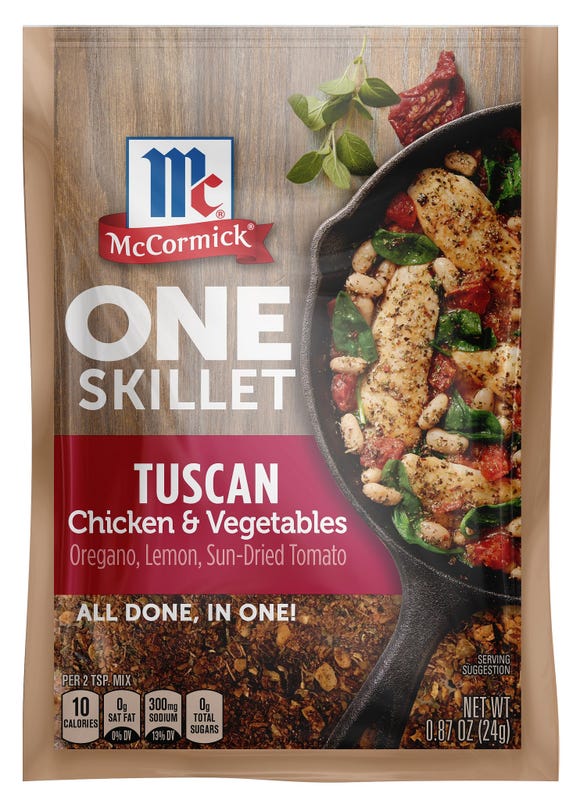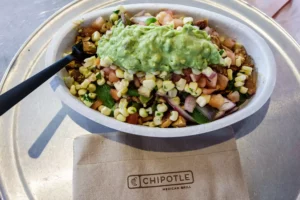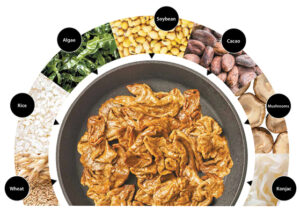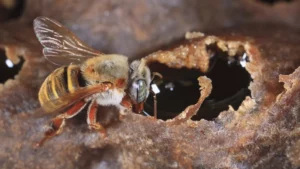Sure, we’re accustomed to artificial flavors influencing how our food tastes, but artificial intelligence getting baked in now?
The use of artificial intelligence just might provide the key ingredients that make that next meal taste better.
That’s the hopeful outcome, anyway, from a research collaboration revealed Monday between McCormick & Co. and IBM. IBM Research cooks up the AI solutions for McCormick, long a giant in the flavor business.
“There could be this perfect ingredient you just don’t know about,” said Richard Goodwin, IBM’s principal research scientist.
Finding the right recipe for flavorful formulas has typically meant adding, subtracting and changing ingredients, with as many as 150 iterations in some cases before a product is deemed commercially ready, says McCormick’s chief science officer Hamed Faridi.
“You learn things about what the people in India do versus the people in North America or Europe,” Goodwin says. “And then you can try and cross-pollinate good ideas among the different labs whereas typically they wouldn’t necessarily talk to each other on a daily basis.”
The AI system can help streamline the process.

As a company, McCormick has 20 food labs in 14 countries, and over 40-plus years has collected millions of proprietary sensory science data points related to consumer taste preferences and palettes.
“My dream vision was to create one global lab that we can take advantage of the collective wisdom and insight of everybody to benefit everyone,” says Faridi.
Goodwin said machine learning could help developers determine which ingredients complement each other so that people like them, and also under what circumstances functional substitutes may make sense.
“My wife is always trying to come up with ways of not adding eggs to muffins, and she uses applesauce and different things,” Goodwin says. “In an industrial scale, similar kinds of things happen where you look for how you can use various products where maybe traditionally you used other products.”
Though the two companies have teamed up on the project for about four years, it will only be late this spring when consumers get to sample the initial results from the partnership, through a set of One Skillet Recipe Mix flavors that include Tuscan Chicken, Bourbon Pork Tenderloin and New Orleans Sausage.
Such efforts require a bit of a balancing act as the companies try to stew up something that’s novel but also appropriate. “We need to know whether we’re creating a barbecue sauce or a marinade or a flavoring for a potato chip or rice dish…so the system has to learn which combinations of things would be appropriate for creating a barbecue sauce versus something else,” Goodwin says.

“The food industry in general … always wants products that stay in the market longer,” Faridi says. “Developing an iconic product to become the next Philadelphia Cream Cheese or Oreo cookie is one of the biggest challenges of the industry. We believe that because of the data and the learning of the system, it will allow us and our customers to look into a variety of ingredients we would not have used regularly and come up with a product that will have greater stickiness in the market.”
Even the smartest AI systems can’t do what people can, notably taste. That task is still left up to human flavor testers, leaving the consumer as the ultimate judge.















